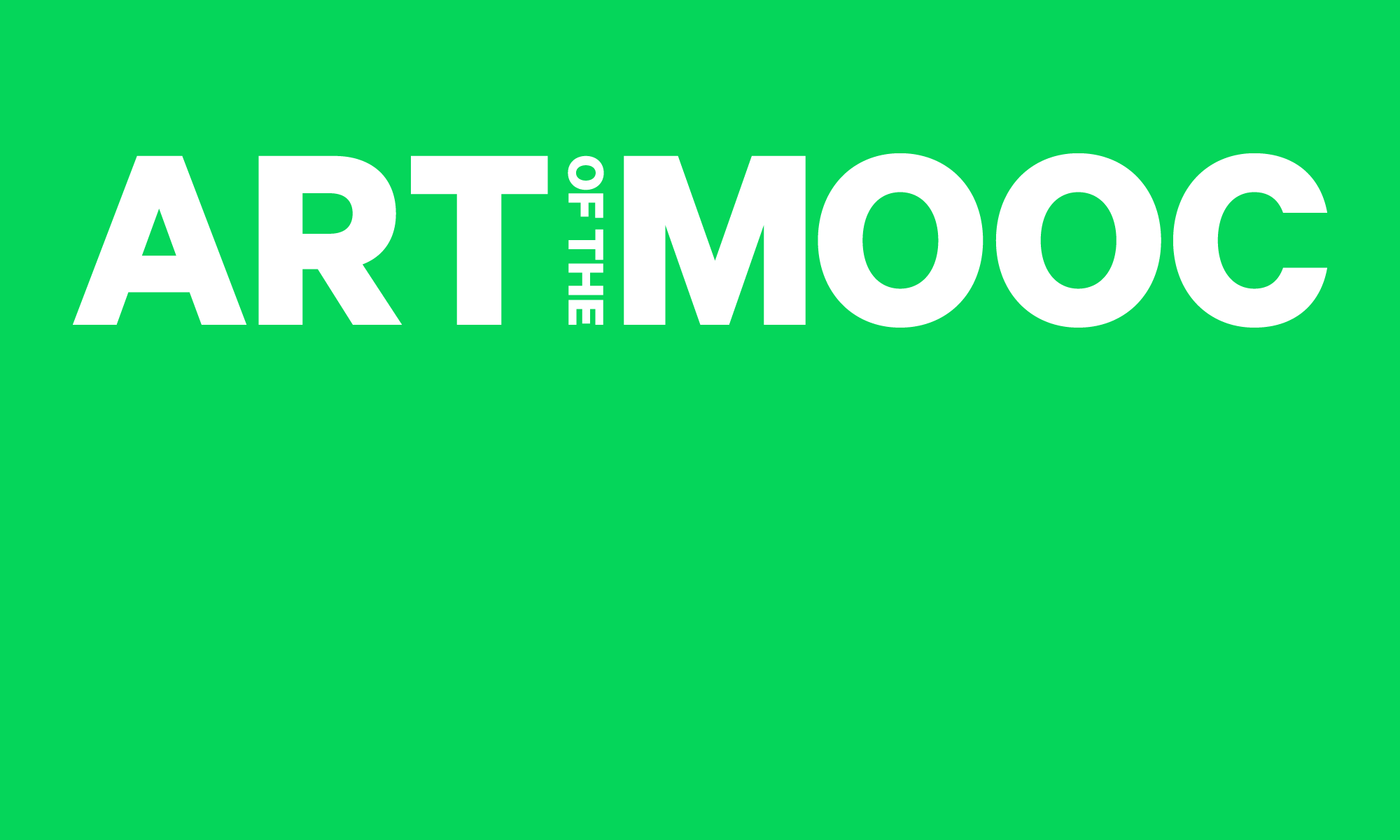The MOOC lecture briefly mentions 1% for Public Art Programs. These programs have proved controversial due to the fact that many cities have not maintained the percentage they have committed to, and the narrow definition of ‘Public Art’ that is often followed, showing a strong preference for large scale permanent sculptural works. According to the National Assembly of State Arts Agencies, Percent for Art Programs are active in 27 states and territories in the US. North Carolina has had, but no longer has a program. Percent for Art programs often come in the form of a city ordinance that devotes a portion of development costs to funding public art.
An ordinance was originally adopted between 1934 and 1943 by the United States Department of the Treasury, which required 1% of the cost of federal buildings to be put aside for art. This led to the establishment of similar programs in other cities – an example of Chapel Hill’s ordinance can be found here.
http://www.townofchapelhill.org/home/showdocument?id=3988
Percent for Art can raise several questions:
Who is responsible for the establishment of public art?
How can artists and developers work together to provide a greater variety of public art?
Do works chosen by percentage for art programs have to be permanent?
http://www.nasaa-arts.org/Research/Key-Topics/Public-Art/State-Percent-for-Art-Programs.php#SC
